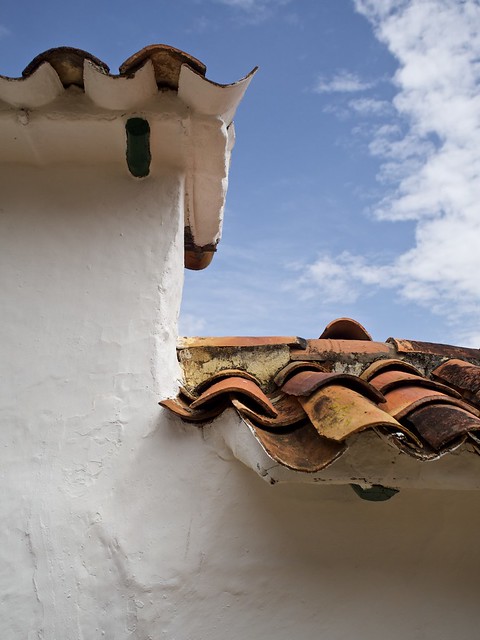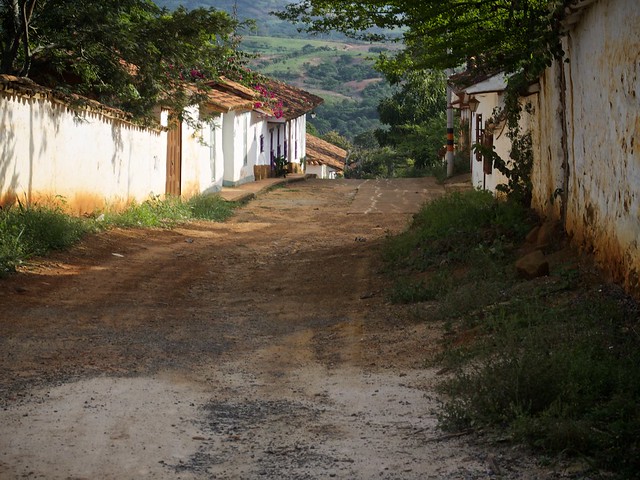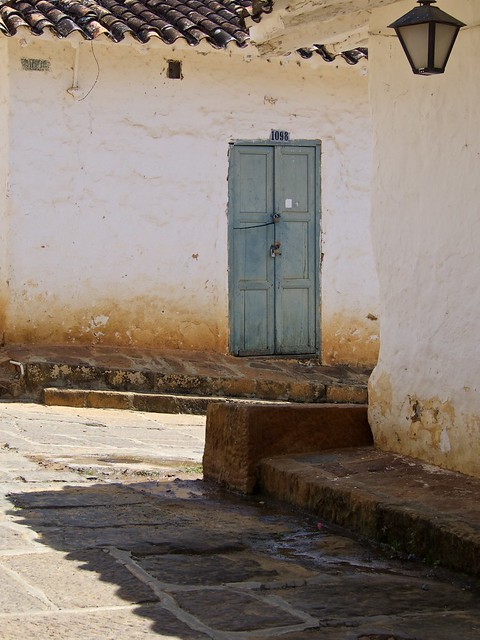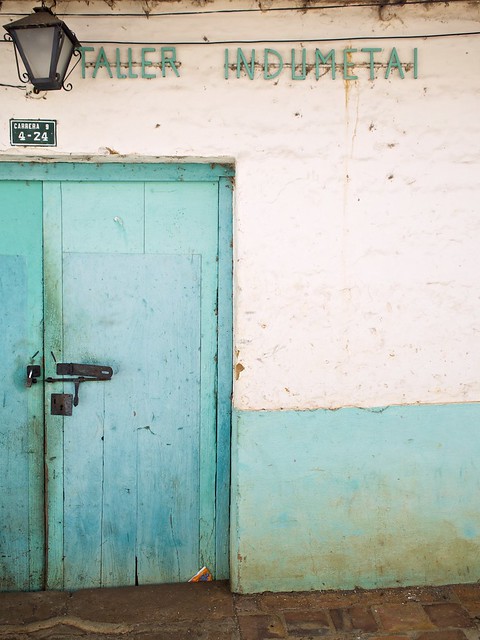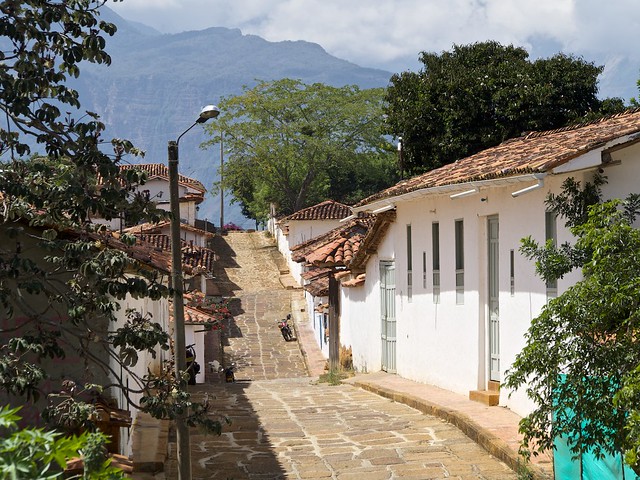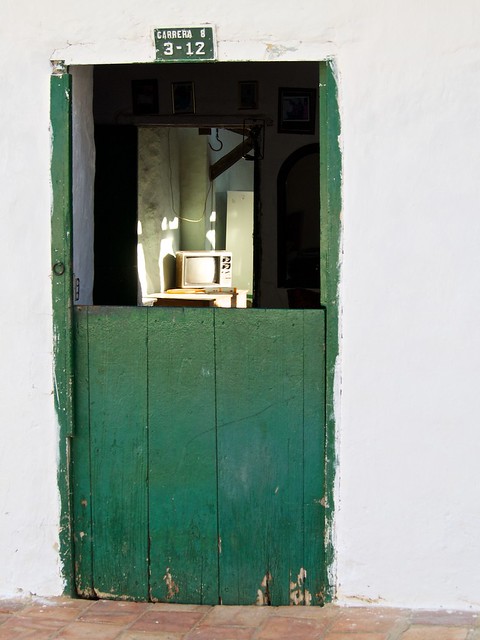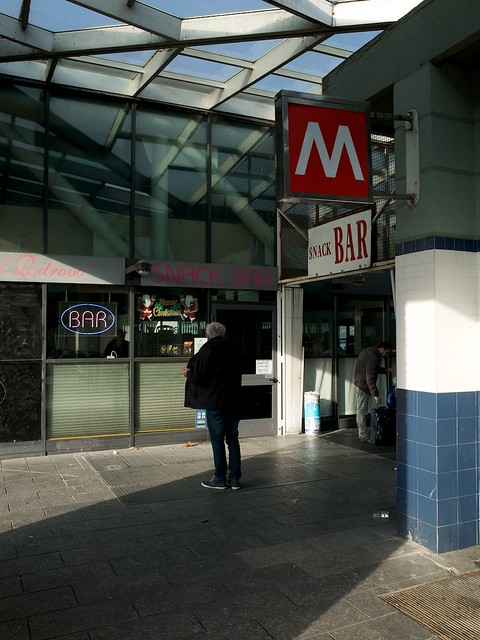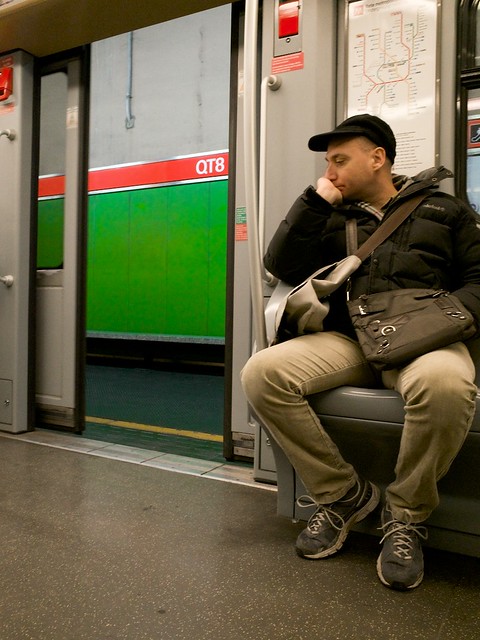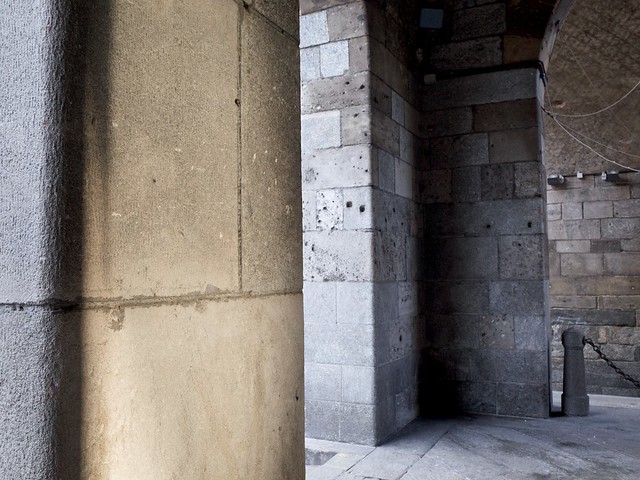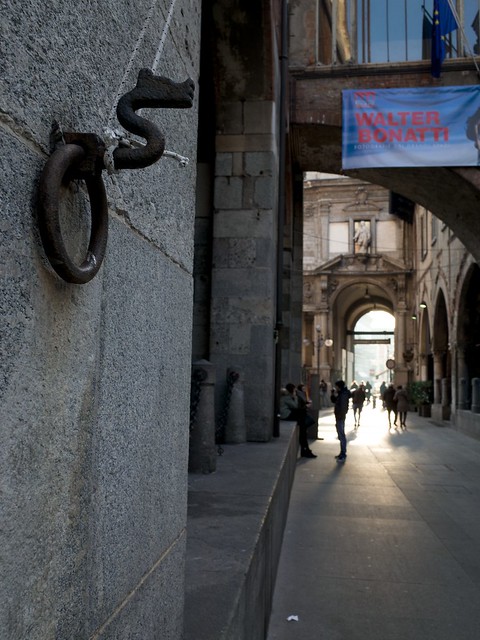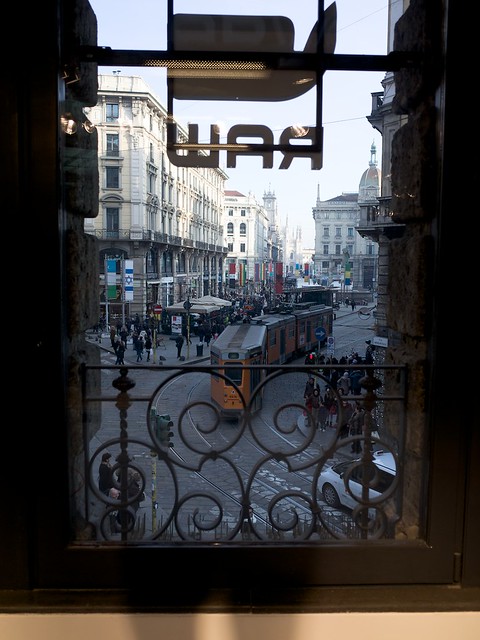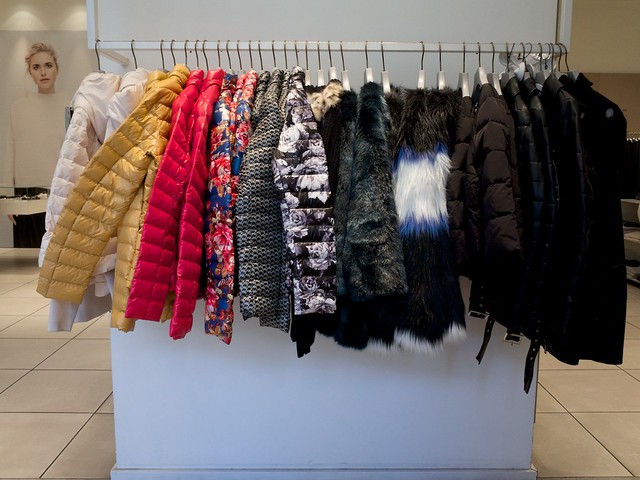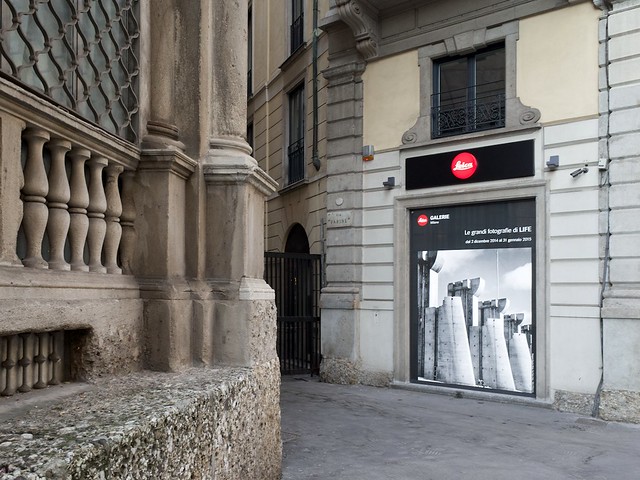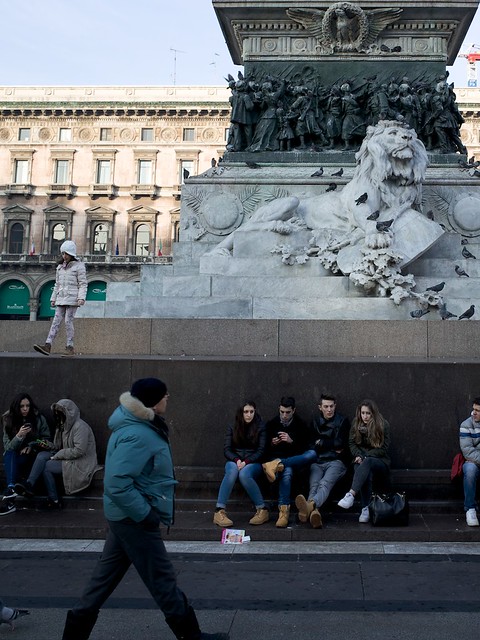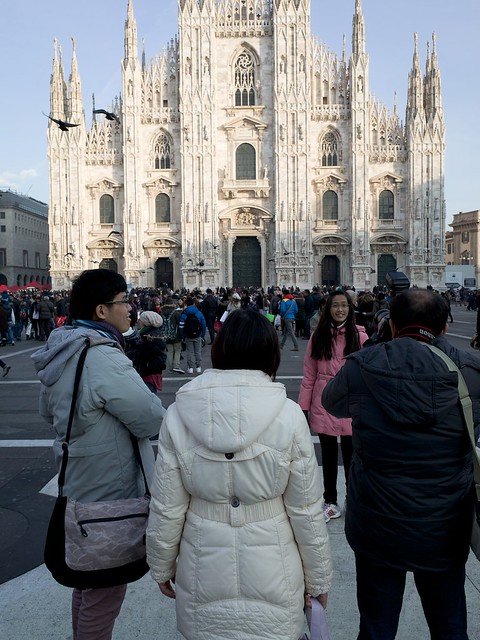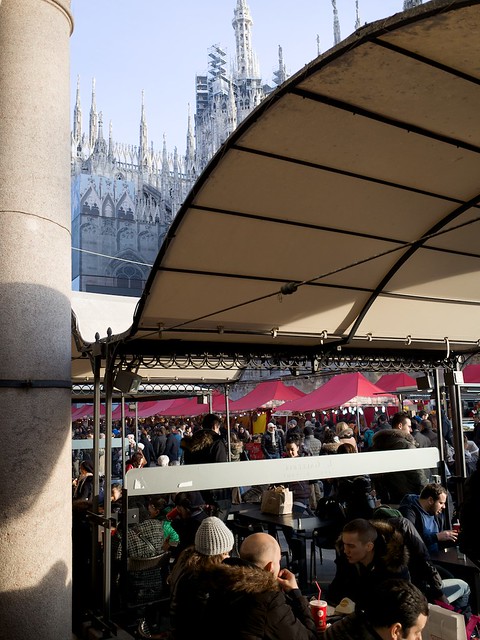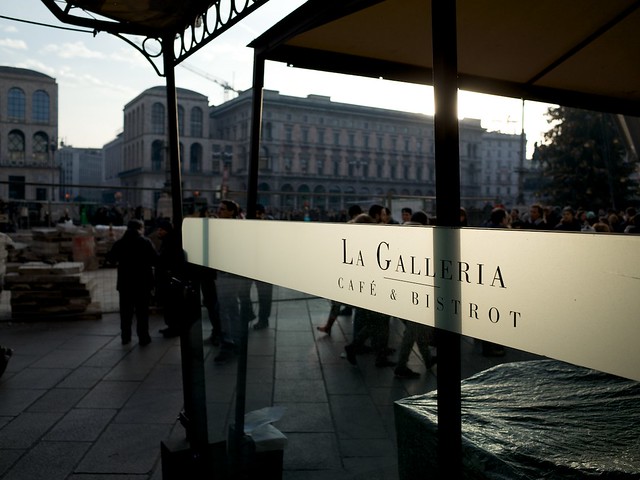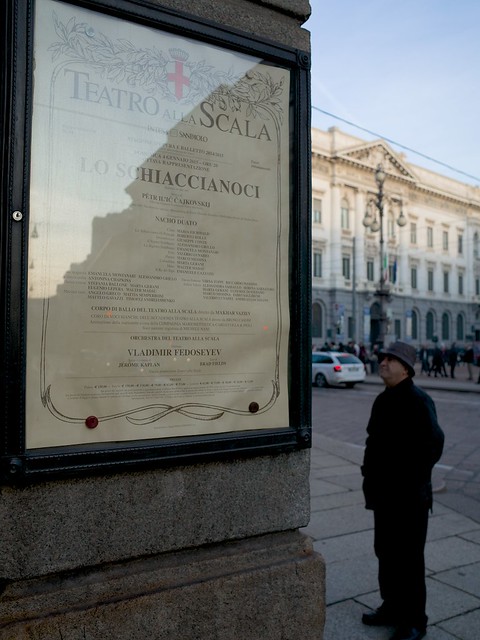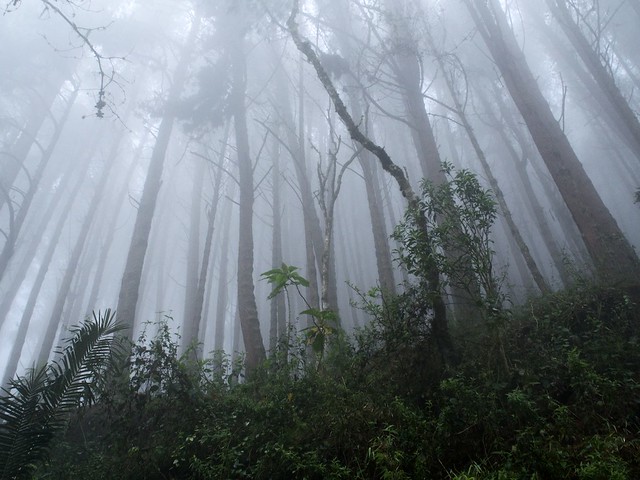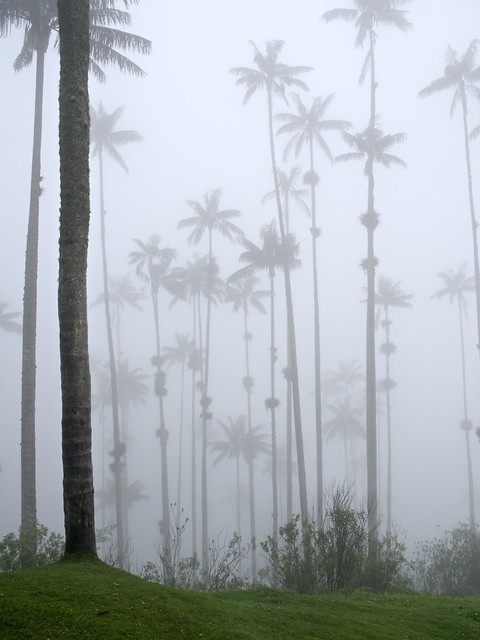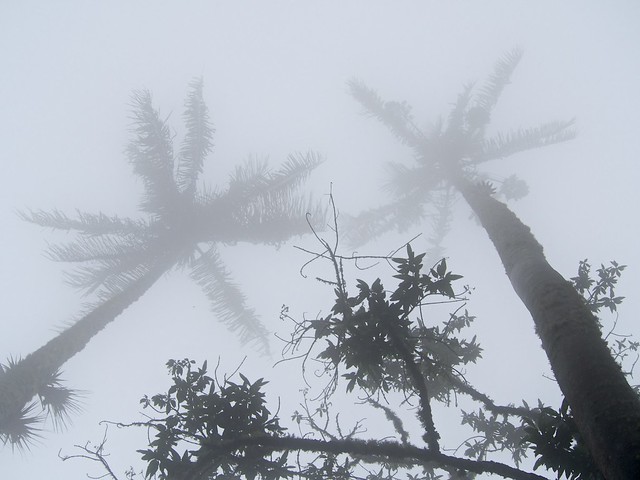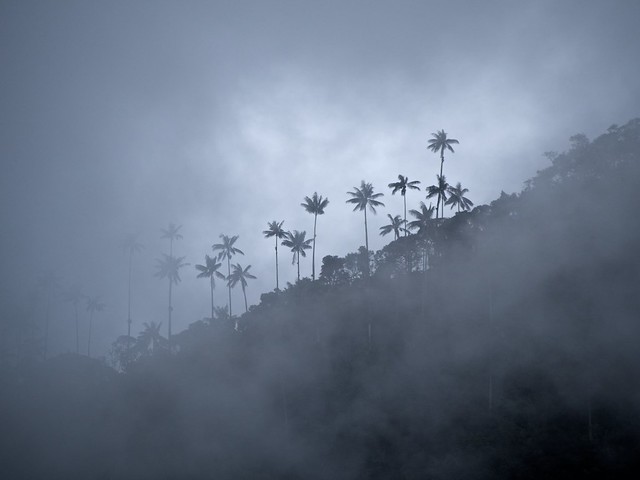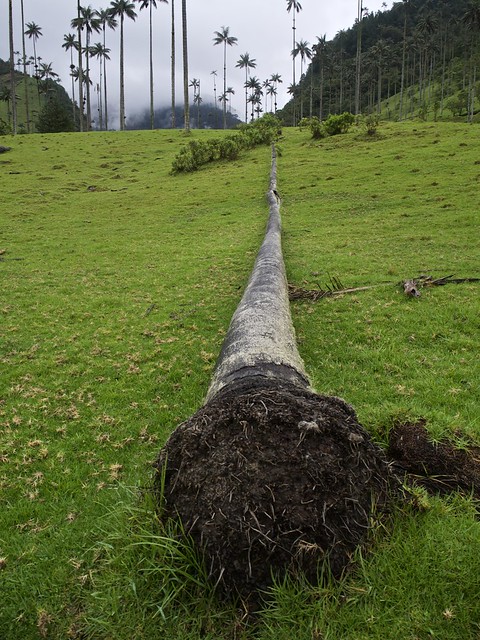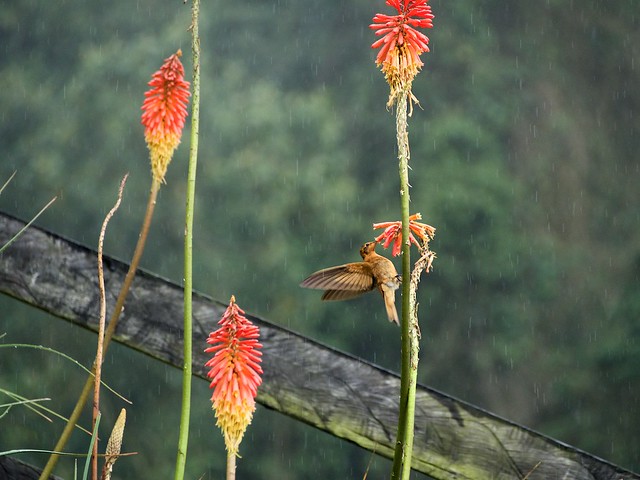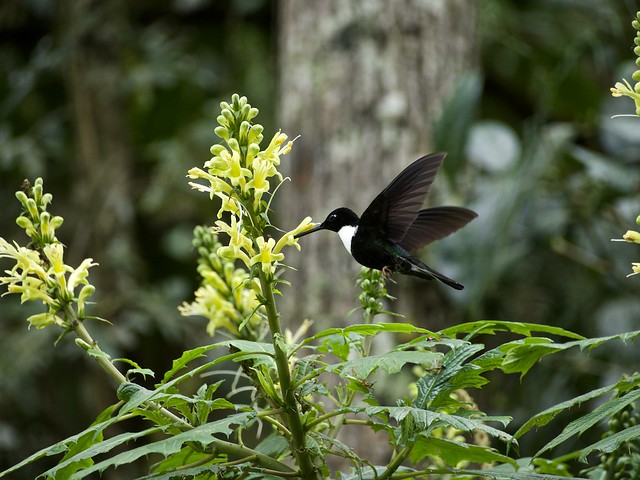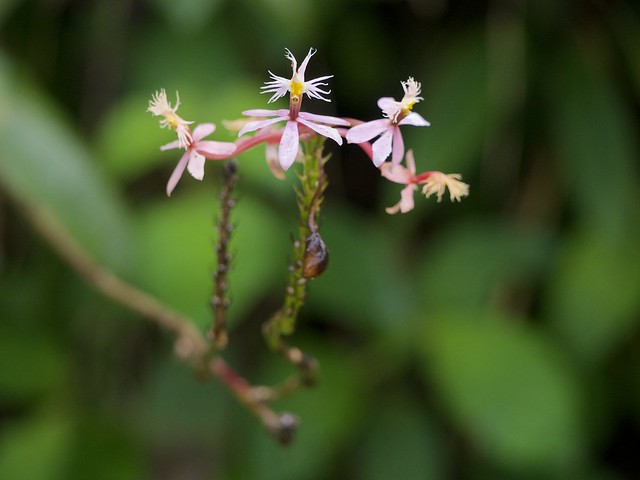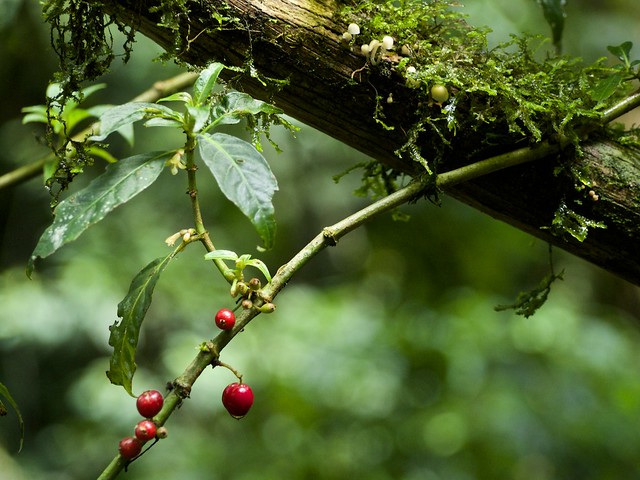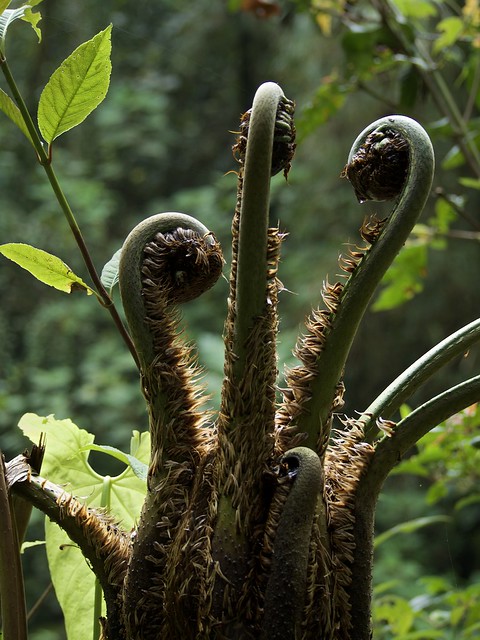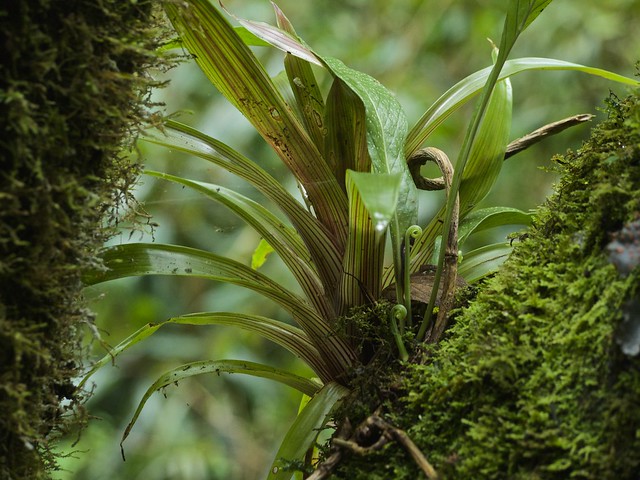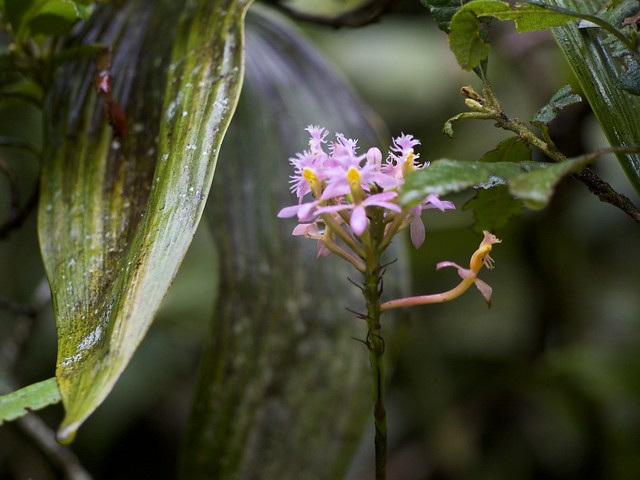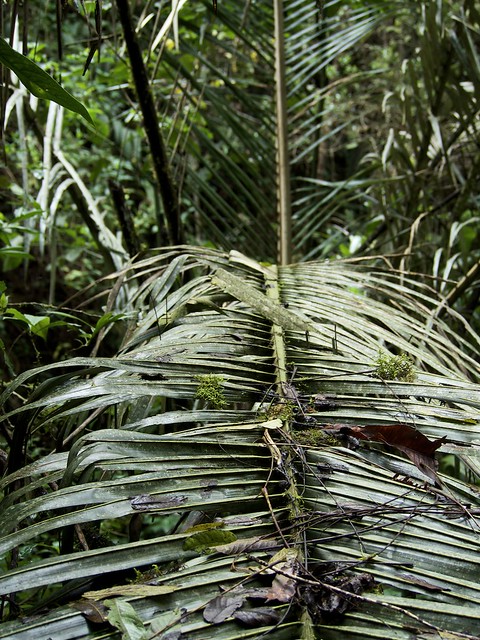The current events landscape makes talking and writing about photography seem rather shallow, disrespectful even. However, life should go, in all its aspects. Motorsport journalist Joe Saward expressed this far better on his blog. So I’ll carry on whining about my very distinctly first world problems here, regardless.
We’ve just about left behind the season of Lists, of “Best Of Whatever 2014”, and plenty of photographers have joined in with their best shots of the year. I haven’t, partly because being an insufferable grouch, I loathe New Year celebrations, and secondly, because I don’t honestly feel that I’ve got any best shots to show. They’re all pretty average.
There are certainly people who disagree with this. Mostly friends, or friends of friends, who’s praise of course I dismiss because “they’re just being polite”, or “they just like the subject”, or, snobbishly, “they’re not photographers”. Well actually this isn’t entirely true. At least one of these people is a respected and highly experienced creative in the photo publishing industry, and another, if I may permit myself to say so, is well-respected landscape photographer Steve Gosling, who was very positive when reviewing a small print portfolio of mine last year. I’ve also had considerable support from Olivier Duong at The Inspired Eye, who has kindly published my work both in the magazine, and on their blog. And deep down, when I look at most stuff that gets published, I know that I lot of what I do is better. So what the hell am I complaining about ?

This photo from March last year got highly commended by Steve Gosling. It was an instinctive shot, although I was ready for the moment. If nothing else, I think I’ve got quite good at instinctive composition. So I guess this is my top photo for 2014.
There’s no getting around the fact that despite all the above, I am significantly dissatisfied with my photography. The question is, why? First of all, why is this such a big deal anyway ? After all, it’s only a hobby, it’s not a matter of life or death. And yet hobbies mean a lot to us, and for many people, myself included, it isn’t necessarily the case that the things you do that make money and pay the rent are more significant that those that don’t. Although I set myself on a science / technology life path many, many years ago, I’ve always had to balance this with a strong creative urge, which if left ignored, is very damaging. Initially I satisfied this through drawing and painting. Then, for a long period, music, in several forms. And finally it all coalesced into photography.
I’ve been seriously into photography since the late 1990s, boosted by a short period of (very) relatively high income in the early 2000s. Having said this I’d been taking photographs since mid-childhood, so I knew one end of a camera from another, more or less, and I’m also therefore very familiar with pre-digital photography. For the first few years I was learning a lot, and on an upward curve. I carried on using a Canon FD system, never getting into autofocus SLRs, eventually making the leap to autofocus and digital at the same time as an early adaptor of the Olympus E–1. At the same time, I made extensive use of the Hasselblad XPan I bought in 2000, and which I carry on using up to now. The learning curve was as much technical as photographic - scanners, raw converters, photoshop, filters, cameras, tripods - there was plenty of ground to cover. I suppose around about 2006 I was starting to explore the art of photography rather than the technology. And around about that point I started to want to reduce my options a little. Various people have written that the digital age is “a great time to be a photographer”. I’m not sure I agree - it’s certainly a great time to be a geek, and possibly also to be a wealthy photographer, but the relentless march of “upgrades”, which is only now showing some signs of slowing, meant that often the gear you were saving up for was obsolete before you could afford it. A decade ago you could buy, say, a Nikon F–3, and you’d be set up for years. This all started to become a serious distraction, and being a compulsive reader, I often came across writings which insidiously made me obsess about gear rather than photography. The same thing happened with music in the 1990s: the digital revolution unleashed a non-stop conveyor belt of new gear on the market with ever more options and features, and the corresponding collapse in creativity was striking.
Anyway, I carried on, trying to improve the quality of my portfolio, and trying to find a niche. Eventually this turned out to be a mix of travel, landscape and urban landscape, with a bit of wildlife thrown in: what I eventually came to describe as “opportunistic photography”.
An opportunistic photograph. Taken with an old lens on a new camera (see below), to see if I could really get comfortable with all these newfangled manual focussing aids like peaking. I couldn’t.
However in the last few years things have tailed off. Photography is become more and more an addiction and a burden, and less enjoying and fulfilling. I don’t seem to be improving in any particular way, just randomly pursuing different directions to see if anything works, basically throwing mud at a wall. The endless editing and optimising of vast amounts of digital photography kills off any spark, for me. Actually I prefer the parallel process of scanning film: although it is time consuming, it feels more tangible, and the character of a particular film stock is already imprinted and difficult, indeed pointless, to try to change much. One could say the same for digital, that a given camera/sensor/processing pipeline has a particular character, but generally I find the initial look brash and tiring, and it takes a lot of work to get to a satisfying result.
Film: plenty of time required for scanning, not so much afterwards. Sardinia, 2014, Kodak Portra 400.
The other issue is, as with music in the 90s, that there are two many options. Far too many options. The number of menu items in my Olympus E-P5 is literally mind-numbing. It seems that camera designers have completely abdicated any sort of design decision responsibility, and have passed it on to their customers. I’m sure I’m far from the only one who just wants a camera to take photos. I don’t need video. I don’t need “picture modes”. I don’t need “art filters”, or “photo stories”, or “image memories” or “sweet child perfect puppy desert mode”. If there is a automatic image stabilisation mode that works in all cases, then don’t give me 5 other variants to mis-use! All this just ruins the experience of making photographs. And if designers do want to load up hundreds of features, at least think them through! What on earth is the point of having user presets, in 2015, if you don’t give the users the option of naming them? (Ricoh, who are one of the lesser offenders, actually have worked that one out, although they couldn’t resist adding their own layers of complexity).
I can’t believe that all of this is not counter-productive. If cameras are getting so complex to use, then people will stop enjoying them and stop buying them, and they’ll use their phones instead. Actually, the digital cameras that I find the most satisfying to use are the ones with the least features: my two Sigma Merrills, which, within their very tight restrictions, produce beautiful output. They’re also easy to use, with a well designed, simple user interface, although the lack of any kind of useful viewfinder adds further serious limitations.
Some time ago, Brian Eno described the problem he was having with digital music technology: “The trouble begins with a design philosophy that equates “more options” with “greater freedom.” Designers struggle endlessly with a problem that is almost nonexistent for users: “How do we pack the maximum number of options into the minimum space and price?” In my experience, the instruments and tools that endure (because they are loved by their users) have limited options.” —sound familiar ? It does to me. The last sentence might just as well be referring to Leicas.
So what of the future? I really believe that if I could give it all up, I would, but addictions don’t work that way. I’m getting more and more close to the idea of reverting to film cameras, partly because I like the output, but more so because the cameras are far more enjoyable to use. I’m still principally interested in the end, not the means, but I can’t help but waste hours reading addictive websites like this one, dedicated to film cameras. There really does seem to be a revival going on, and the same thing has been seen in the music world. Not just vinyl records, but companies likes Moog Music being revived and flourishing. It would be interesting to see a camera following the design philosophy of the Moog Sub 37, and no, the Fuji X-T1 is not that object - it doesn’t take film. So yesterday, having seen a local shop advertising a Leica M5 for a very attractive (and affordable) price, I seriously considered giving it a try. Until I saw the price of Leica lenses, even secondhand. Oh well. But I do have a couple of Olympus Zuiko lenses, one of which I took for an outing yesterday afternoon, so now I’m looking around at OM bodies. I already have the Olympus XA and Minox 35ML, but neither are really good for precision work. I’m not fully convinced that 35mm is the way to go (I’m not even convinced that film itself is, either), but it could be a good start. I do really wish I’d held on to my Fuji GW670.

An archive shot from my long-gone Fuji GW670III rangefinder. Probably shouldn’t have sold it.
That’s one part of the story, and something that might help to revive my enthusiasm. But the other part is the output side. Putting stuff here, and on Flickr, and wherever, is all very well, but only for so long. For a couple of years I’ve had several book ideas floating around my head, and that has to be the next step. Even a self-published book on Blurb that nobody buys is a big step up from a random photo stream on Flickr, I even if I wonder if within my huge digital vaults I have enough material to tell just a few stories. But this has to be the next objective, something where I’ll make a real commitment to doing something constructive. In fact, the couple of very limited edition self-published calendars I’ve produced so far are by far the most satisfying thing I’ve done.
This is the conclusion I’ve come to after quite a few weeks of introspection: without some tangible result, there’s no satisfaction or sense of closure to be found in many pursuits, including photography. Just playing about with cameras doesn’t do it for me.
Playing about with an ancient Zuiko OM 50mm lens on digital Pen







